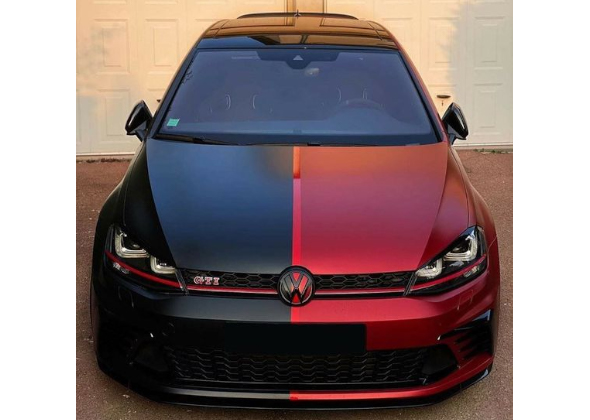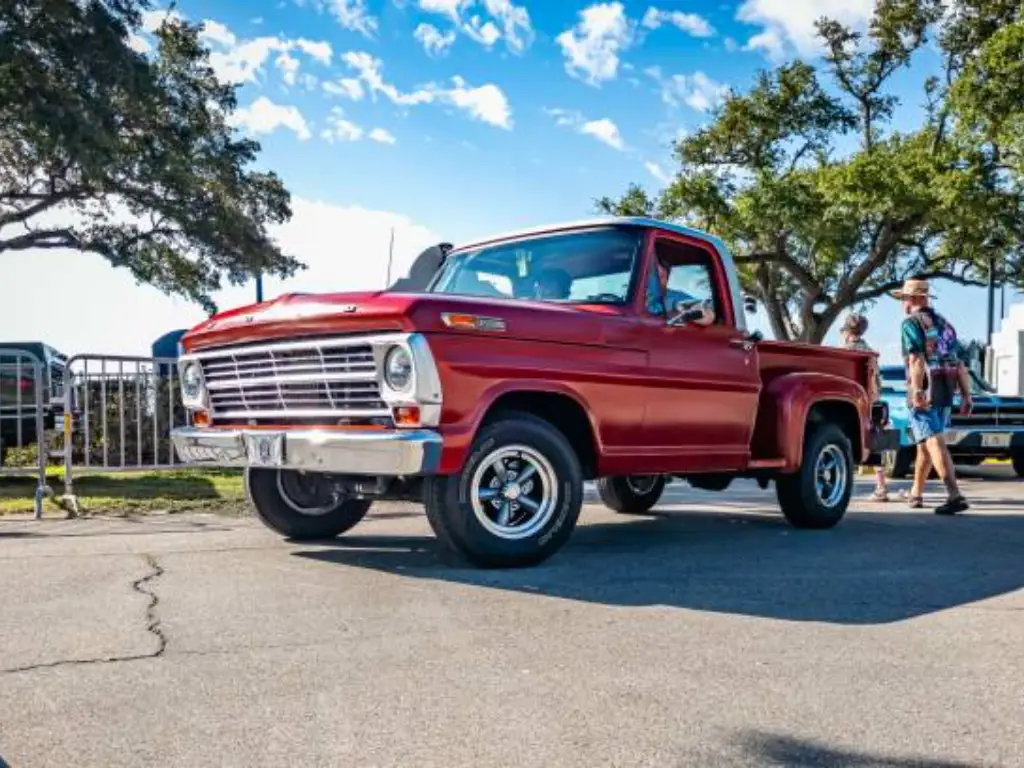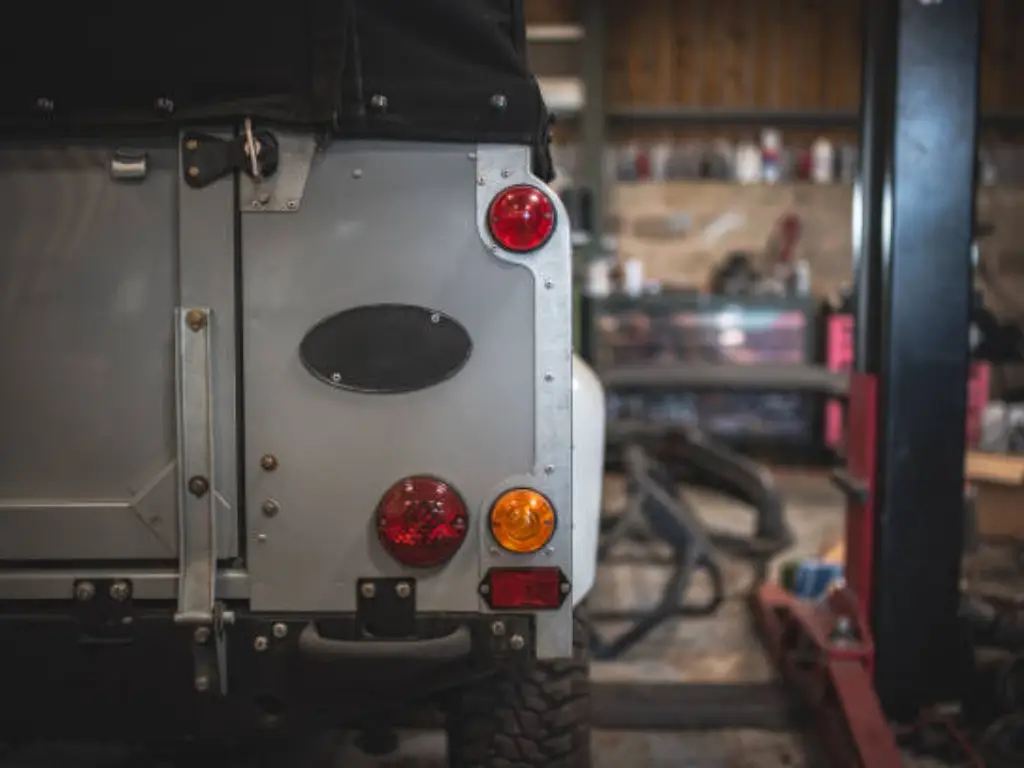The purpose of the fuel process is to gather and transfer fuel to the cylinder chamber, where it can be mixed with air, evaporated, and ignited to generate power. A fuel tank holds the fuel, which can be either gasoline or diesel. A fuel pump pulls the fuel from the tank through fuel lines, filters it, and feeds it to a carburetor or fuel injector, where it is then fed to the cylinder chamber for combustion.
Because the fuel tank is so important, the requirements in the market for the fuel tank is becoming more and more stringent. Learning about fuel tanks can help us select the right one for our own cars or manage the supply chain for our businesses.
What is a car fuel tank?
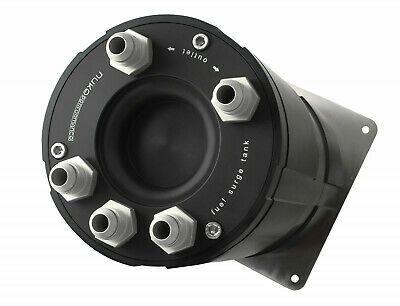
Fuel tank function
The fuel tank is a storage tank for the fuel supply that helps keep the temperature below the flashpoint. The heat produced by the fuel returned from the engine is likewise dissipated in the fuel tank. Below we have listed some fuel tank functions.
- Fuel storage: the system must hold a specific amount of fuel while avoiding leakage and limiting evaporative emissions.
- Filling: The fuel tank must be filled in a safe and spark-free manner.
- Provide a mechanism for gauging the level of fuel in a tank (the remaining quantity of fuel in the tank must be measured or evaluated).
- Venting (if over-pressure is not permitted, the fuel vapors must be controlled through valves).
- The engine is fed (through a pump).
- Prepare for probable damage and provide safe survival options.
While plastic (high-density polyethylene HDPE) as a fuel tank construction material is practical in the near term, it has the potential to become saturated over time when fuels like diesel and gasoline infiltrate the HDPE.
Fuel tanks for cars, trucks, motorcycles

A fuel tank is a secure container for storing gasoline or diesel fluids. The vehicle has one or more gasoline tanks. The size of most compact automobiles is 45–65 liters, however, the original model Tata Nano stands out with its 15-liter gasoline tank. SUVs and trucks often have much larger gasoline tanks.
To maximize the utilization of available space, each new vehicle is given its own fuel system. Furthermore, depending on the type of automobile, the type of fuel (gasoline or diesel), nozzle types, and region, several fuel system architectures are produced for the same car model. Diesel fuel tanks for trucks are typically designed for the same applications as those for cars, but with a bigger capacity. The production of diesel fuel tanks is supervised by severe safety rules. Every vehicle’s fuel tank, whether it’s a car, truck, motorcycle, or quad, is subject to the strictest safety rules. Strict regulatory criteria apply to both the gasoline tank and the materials used to make it, requiring all components to pass thorough testing and inspection scenarios before being put into series production.
Plastic fuel tanks for cars
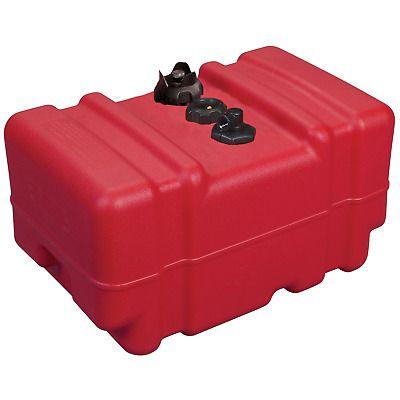
Today, the world’s major manufacturers are transitioning to plastic fuel tanks. Rotational molding or extrusion is used to make polyethylene and polypropylene fuel tanks. High-density polyethylene, or HDPE, is used to make plastic gasoline tanks. Here we have listed some of the pros and cons of plastic fuel tanks.
Pros:
- Plastic allows for more design flexibility.
- Plastic tanks are about 30% lighter than steel tanks, and they don’t have seams, so they’re less prone to burst in a crash.
- Plastics also don’t produce sparks and are more flexible in the sense that they spring back into shape after contact.
- Plastic tanks are non-corrodible, scratch and chip resistant, lightweight, and do not require welding.
- Components having complicated geometry can be manufactured.
- Make the most of the tank mounting space.
- supply the largest tank possible
- During friction and contact, the plastic gasoline tank does not catch fire or explode.
- The equipment cost of a plastic oil tank is lower than that of a metal oil tank. Although the plastic gasoline tank additions are costly, the overall cost is less than the metal tank.
- Because the plastic does not deteriorate, there is no need to be concerned about metal corrosion caused by pollution from an oil tank leak.
- Don’t have to be concerned about the tank being broken by the wheel flung off the stone.
- Noise can be reduced.
Cons:
The disadvantage is that gasoline may seep through the plastic tank’s wall. An epoxy resin coating can be used to remedy this problem. Although plastic has a lower thermal deformation temperature than metal, it can meet the requirements of a car. The centrifugal molding method (rotational) and the blowing method are the two forming methods for “plastic tank forming methods.” Casting, injection molding, and vacuum forming are also options.
Aluminum fuel tanks for cars
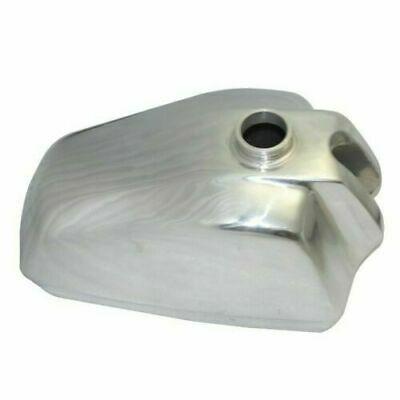
Cars, trucks, boats, motorcycles, and other vehicles use aluminum fuel tanks. There are numerous reputable companies that produce high-quality aluminum gasoline tanks. Some businesses produce corrosion-resistant gasoline tanks that are more durable and are utilized in large trucks.
There are tanks with single and combi-tank solutions, both of which include three chambers. These gasoline tanks are used in military vehicles and are custom-made to meet the needs of the customers. Because it is stable, sturdy, and cost-effective, the aluminum fuel tank is ideal for military vehicles.
Aluminum is used to make fuel tanks because it is lightweight and less expensive than steel and other metals. The use of aluminum gasoline tanks has been rapidly expanding due to its numerous advantages of doing so. These gasoline tanks are made by companies that promise top-quality tanks that are quite reliable and highly efficient for usage in critical fields such as the military and army.
The aluminum gasoline tank must be cleaned and maintained properly in order to last longer and function properly. If the fuel tanks are not made of anti-corrosion materials, the interior of the tanks will corrode, preventing the fuel tank from functioning properly. Cleaning these fuel tanks must be done with caution.
Alloy fuel tanks for cars(Aluminum fuel tanks for cars)
There are three chambers in both single and combi-tank tanks. These fuel tanks are custom-made to match the specifications of the customers and are utilized in military vehicles. Aluminum gasoline tanks are perfect for military vehicles because they are solid, strong, and cost-effective.
Steel fuel tanks for cars
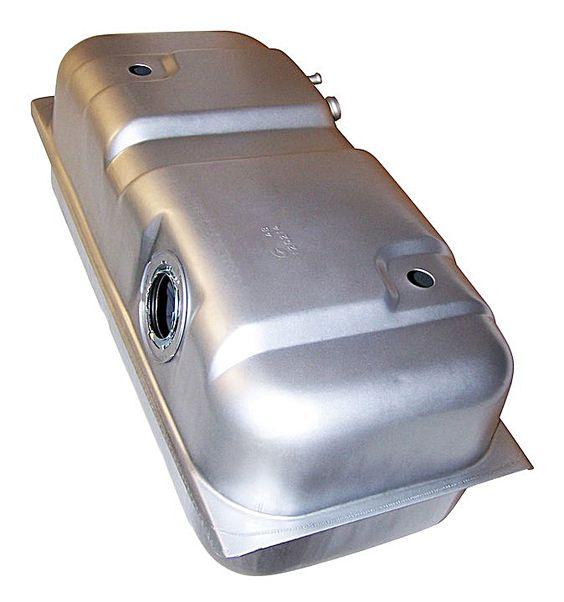
Stamping of sheet metal and welding of top and lower pieces are used to make steel gasoline tanks. Steel gasoline tanks are made of high-viscosity steel with high ultimate strength. A fuel tank’s viscosity deforms when exposed to external stimuli, but it remains leak-proof. Steel fuel tanks’ main problem is its high corrosibility. Water entrance into a fuel tank is very likely, as it can enter as condensate or mixed with fuel and sink to the bottom.
Some of the advantages of steel fuel tank include:
- Fuel slosh noise has become a major concern as vehicles get quieter, particularly in hybrid and plug-in hybrid automobiles. Slosh baffling can be simply implemented, as it is tailored for both size and position.
- Today’s biodiesel fuel tanks are made of pre-painted steel.
- Steel will not swell or grow due to exposure to motor fuels because it is dimensionally stable. Steel tanks will not sag when exposed to fuel and high temperatures for long periods of time.
- A steel tank’s thin wall allows for more usable volume in a given packaging space.
- Steel has a limited and predictable dimensional fluctuation, allowing for lower clearances to the surrounding vehicle environment. Internalized valves reduce the gap between the tank shell and the underbody, potentially increasing tank capacity.
Fuel tank capacity
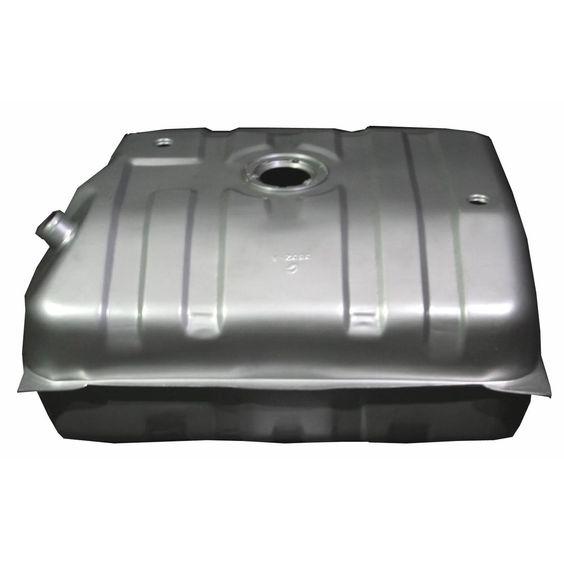
Fuel tank capacity of cars
The combustible fuel, such as oil, is stored in the fuel tank, which is part of the engine system. A car’s average tank capacity is between 45 and 65 liters. SUVs and trucks, on the other hand, have greater tanks, whereas Nano cars have smaller tanks.
The reserve tank is a backup gasoline tank seen on some vehicles that hold about 15% of the capacity of the primary chamber. However, it’s only seen in older vehicles or those built for specific purposes and long-distance travel.
A 60-liter container will not fit into a 55-liter container. The gas tank capacity requires a constant volume to function normally. On the other hand, the entrance pipe or fuel neck can store up to 15 liters in some situations. Furthermore, most gas chambers are larger than the rated fuel tank capacity to allow for air at the top, which aids in preventing vapor lock. It is important not to overfill the fuel chamber because this will leave no room for air. When oil is heated, it has nowhere to grow, putting pressure on the tank’s walls and potentially damaging the engine.
Drivers know how to test their vehicle’s fuel tank capacity. When the gasoline light becomes red, it’s also crucial to know how far it can travel. Drivers shouldn’t be concerned because the indication just indicates that the fuel has reached the reserve level, which is roughly 10% to 15% of the chamber’s overall capacity. As a result, the car still has enough power to drag the car a few kilometers. However, driving until the tank is dry is not a good idea because it will just drag the sediment through the system, causing damage to the engine parts due to increased friction and overheating due to the low fuel level.
Fuel tank capacity of motorbikes
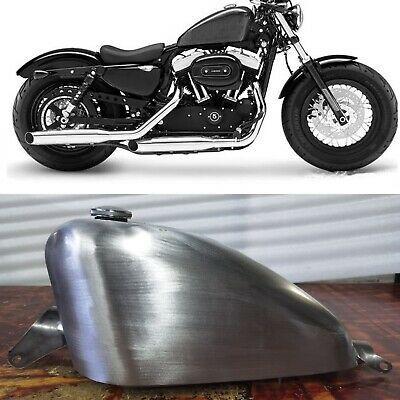
In general, a motorbike tank may store between 3-6 gallons of gas. 50cc-250cc motorcycles have the smallest gasoline tanks, ranging from 1.5 to 4 gallons, whereas big adventure and cruiser motorcycles have the largest fuel capacity. The tank capacity of these bikes ranges from 5 to 8.5 liters, giving them extremely long ranges. Because there are so many different motorcycles on the market, some models may have fuel tanks that are less or even larger than those shown in the chart.
The Fuel Capacity of Lightweight Motorcycles
The fuel capacity of lightweight motorcycles varies greatly, from the little Honda Groom to the more powerful 300-400cc variants. The smallest gasoline tanks may be found on 50cc bikes, which typically have a fuel capacity of 1-3 gallons. 125-250cc motorcycles typically have a fuel tank of up to 4 liters and get 50-130 MPG. The most powerful motorcycles in this category have engines ranging from 300 to 400cc with a fuel capacity of 3-5 gallons.
Middle-weight Motorcycle Gas Tank Sizes
It’s safe to say that most middle-weight motorcycles have a 3-7 gallon gasoline tank. The popular 4-cylinder 600cc-950cc sportbikes can hold 4-6 gallons on average. If you’re looking for a bike with more fuel capacity, look at adventure and touring motorcycles. Many of them feature a larger fuel tank with a capacity of 5-8 gallons of petrol. The designers aimed to get the maximum potential fuel ranges because these machines are supposed to go vast distances.
Heavy Motorcycle Gas Capacity
Finally, let’s discuss large motorcycles. These machines usually have 1000-2000cc engines that can produce up to 300 horsepower. And the drivers will need a lot of gas to feed these ponies! This is why large motorcycles have gasoline capacities ranging from 4 to 8.5 liters.
On a sportbike, weight is always an issue, which is why most 1000-1300cc sport motorcycles have a fuel capacity of only 4-5 liters. Full-size cruiser motorbikes have significantly larger tanks, holding approximately 4.5-6 gallons of gas.
The Boss-Hoss cruiser motorcycles have without a doubt the largest gasoline tank on the market. The engines on these huge cruisers are 6000-7500cc and provide 400-600 horsepower. These engines, as we might expect, are thirsty. The Boss-Hoss motorcycles have a large 8.5-gallon gasoline tank for a good range.
Reserve Fuel Capacity in Bikes
In motorcycles, reverse fuel capacity refers to a part of the gas tank’s fuel capacity. This feature has the advantage of protecting the rider from running out of gas. When the tank’s gas level falls below a specific level, the rider can use the “reserve switch” to access the reserve fuel.
The majority of motorbikes, contrary to popular assumptions, have only one gasoline tank. This implies that most motorcycles lack a separate “reserve tank”! Instead, gas from the same tank is used for both the reserve and primary fuel settings. The trick is that motorbike gas tanks have two outlets put on them.
Fuel tank repair & cost
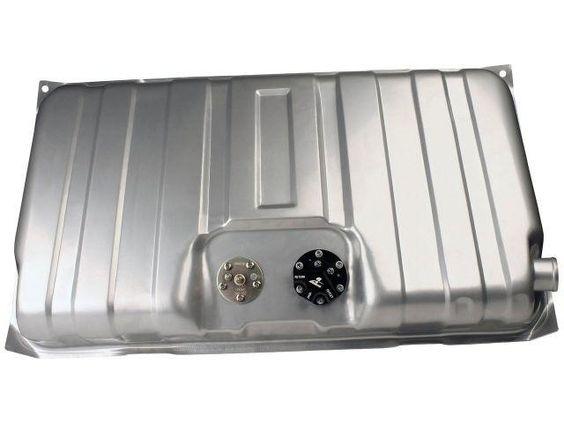
A gas tank leak is one of the most frustrating and troublesome automobile maintenance issues. Because of the stench and stain on the driveway, people will notice this as soon as it happens. It’s also something that needs to be addressed right away.
Basics of a Fuel Tank’s Function
A gasoline tank is more than just a container for gas, as many people believe. The tank’s neck has a release valve that allows fuel to enter the tank and replace the air inside. When the tank is full, the pump shuts down. The mechanical float in the fuel tank adjusts to read the gasoline level. Unless you’re conducting restoration or there’s a puncture, fuel tanks rarely need to be replaced. Those who live in harsh settings, such as humidity, cold, heat, sand, salt, or water, may find that their fuel tank may not last as long as those who live in more moderate environments. If any emission components, such as the vent and return lines, fail, the tank may need to be replaced.
Figure Out the Problem
A fuel line repair is simple to perform and therefore less expensive. It can cost anywhere from $60 to $100 and can even be done at home if people have some advanced mechanical expertise. Or they can hire a mechanic to inspect the vehicle to figure out where the leak is coming from. If the trickle is immediately under the tank, the mechanic will inspect the ground. They will then inspect the tank to see if it is leaking or not.
The mechanic will then determine if the tank can be fixed or replaced. Some repairs can be completed with the tank still in the vehicle, while others will necessitate the removal of the tank. When removing the tank for repair or replacement, the gas must be drained, the gasoline lines disconnected, the holding straps removed, and the tank removed. While the fuel lines are detached, the mechanic should inspect them to ensure they are in good working order.
What Causes a Leak in the Gas Tank?
A gas tank leak will be the result of two issues. Corrosion is the first. This is more common in locations where there is a lot of snow and salt on the roads, and it is more common in older cars. Corrosion and rust can cause leaks in the seams or a tiny leak elsewhere on the tank. A corroded tank can be repaired or resealed, or the issue may necessitate the purchase of a new tank.
A puncture is the second problem that a leaking gas tank might cause. Gas tanks are fairly sturdy, but they can be punctured if a tree branch or other item strikes them precisely at the proper spot. In this instance, the entire tank would have to be replaced.
Fuel tank cleaning and maintenance
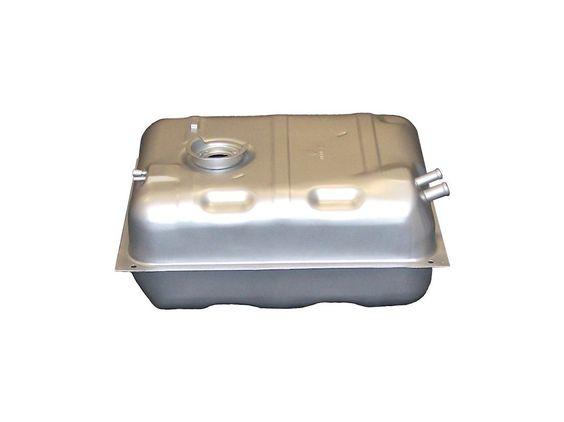
Fuel pump failures might be caused by a dirty fuel tank. Follow these step-by-step instructions for cleaning the fuel tank to avoid any difficulties. Fuel pump failures are caused by a variety of factors. A dirty fuel tank is one of the most typical causes of failure, especially when a replacement fuel pump fails soon after installation. Contaminants and lose material, such as rust and sediment, must be removed prior to the installation of the fuel pump, as they can clog the filter, jam the turbine pump, or drastically restrict fuel flow. Starting the fuel pump repair process with a clean fuel tank is the single most critical approach to avoid this. Here are 6 simple steps in which we can clean the fuel tank.
1. Safety
Always keep in mind that gas is highly flammable and dangerous while working with fuel systems. Before we start cleaning the gas tank, remember these safety precautions:
- To assist prevent an accident, keep the workplace clean and organized.
- If you’re working inside, make sure the workspace is sufficiently ventilated by opening any doors or windows and, if necessary, using a fan.
- Keep a fire extinguisher nearby. Make sure there are no open flames or sparks in the vicinity.
- Wearing a face mask can help reduce the number of fuel fumes inhaled.
- When working on the engine, always use eye protection!
2. Drain the tank
Make sure the tank is empty of petrol before removing it. This serves as a safety measure as well as a weight reduction, making the entire procedure easier. A drain cock is found on some gas tanks, allowing the fuel to be drained neatly. If not, we can siphon the fuel or remove a gas line to empty it.
3. Remove the tank
This might be simple or sophisticated, depending on the type of engine. Remove the gas tank with care, but leave all valves and covers in place. This will make the re-installation process much easier in the future. After it’s out, properly inspects the tank for dirt, rust, and any holes. Before continuing, repair any holes.
4. Wash the tank
Try Berryman B-12 Chemtool Fuel System Cleaner (part #0116) as an excellent parts cleaner. Shake or swirl the product about the inside of the tank to evenly distribute it. Remember that most of the buildup will be at the bottom, so concentrate the efforts there. Depending on the amount of accumulation, it may take several soaking sessions to properly clean the bottom.
5. Clean the fuel system
Make sure to put a detergent-based fuel additive through the fuel system to ensure that all of the tank-cleaning efforts don’t go to waste. Berryman B-12 Chemtool High-MileEdge Fuel System Cleaner Concentrate and B-12 Chemtool Total Fuel System Clean-Up are both excellent solutions for cleaning the fuel system thoroughly.
6 Replace the fuel filter and put it back
This may sound obvious, but it is frequently ignored. Make sure all valves, caps, and hoses are properly fastened after cleaning the tank. There is a risk of environmental damage or fire if there is even the tiniest gas leak.
Conclusion:
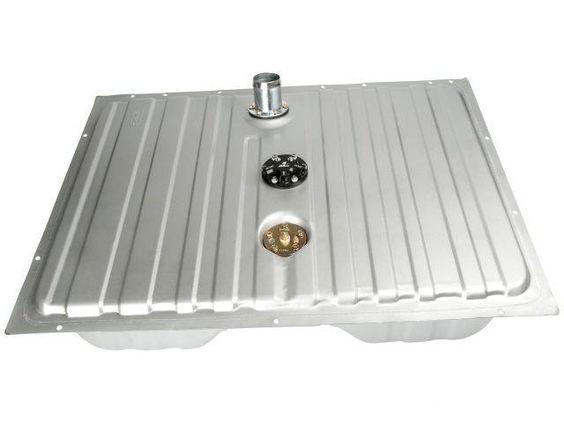
Knowing about the car’s fuel tank is something that can come in handy sometimes. If you are looking to buy some car parts in bulk, then you can contact Sunway. Sunway specializes in bespoke and hard-to-find auto parts for your business, particularly components for historic automobiles, motorbikes, and trucks, and provides a complete supply chain solution to independent distributors, dealerships, and wholesalers. They are a high-quality vehicle fuel tank manufacturer. Sunway makes OEM auto parts with exceptional precision and follows all of the original manufacturer’s specs. This assures that the items you receive are in perfect working order.

